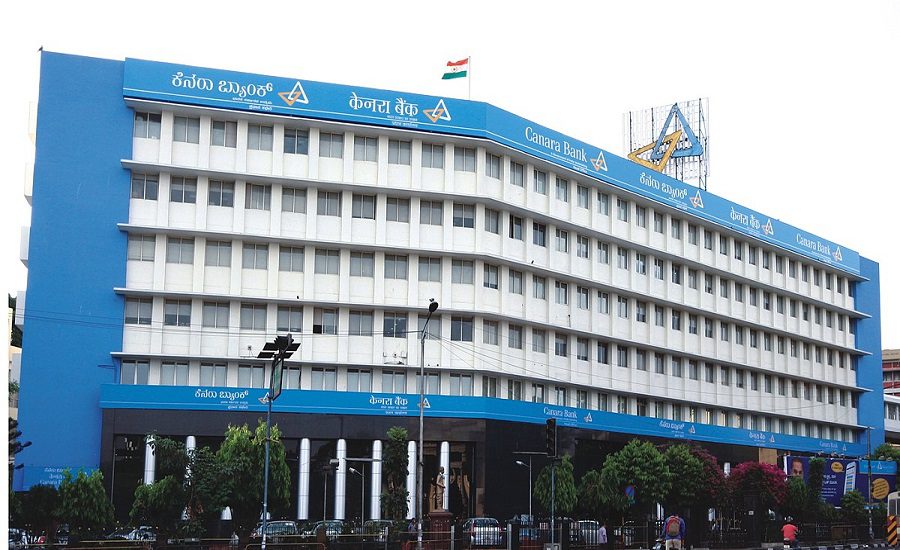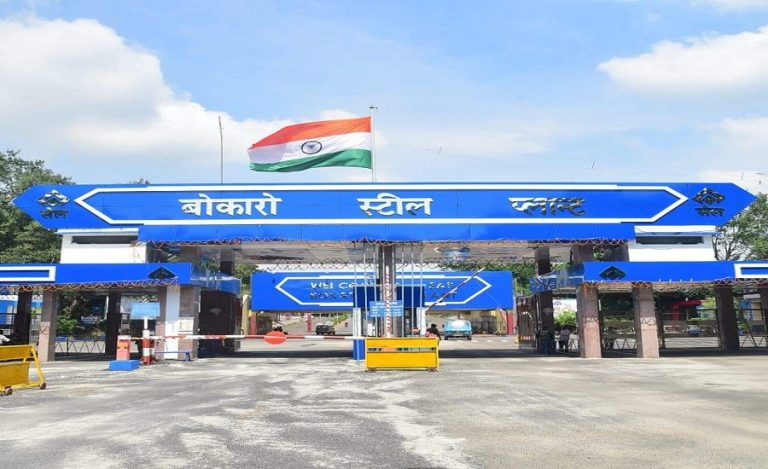Mumbai: State-owned Canara Bank on Thursday reported a 28% year-on-year rise in its consolidated net profit to ₹5,070 crore for the quarter ended March 2025, supported by a sharp decline in provisions and a robust increase in non-interest income.
The bank had posted a net profit of ₹3,951 crore in the corresponding quarter of the previous fiscal. For the full financial year 2024-25, Canara Bank’s net profit rose to ₹17,540 crore, up from ₹15,279 crore in FY24.
While loan growth stood at 11%, the bank’s net interest income (NII) dipped by 1.44% to ₹9,442 crore, impacted by a 25 basis point compression in net interest margin (NIM) to 2.80%.
On the other hand, non-interest income surged 21.74% to ₹6,351 crore, bolstered by a 30% rise in recoveries from written-off accounts to ₹2,471 crore, and a 15% growth in treasury income to ₹995 crore.
The bank’s asset quality also showed improvement:
- Gross NPA ratio declined to 2.94% in March from 3.34% in December.
- Fresh slippages reduced to ₹2,655 crore.
- Provisions fell to ₹1,831 crore from ₹2,483 crore a year ago, though provisions for NPAs rose to ₹2,849 crore from ₹2,282 crore.
Aided by a ₹1,334 crore write-back from non-performing investments (versus ₹295 crore provisioning last year), the bottom line saw further strength.
Managing Director and CEO Satyanarayana Raju said the bank is targeting:
- 10–11% loan growth in FY26.
- Deposit growth above 9%.
- Maintaining NIMs between 2.75–2.80%.
- Further reduction in gross NPAs to 2.50% in FY26.
Raju noted that 44% of the bank’s loan book is linked to the external benchmark, allowing for immediate repricing following changes in the RBI’s repo rate.
The bank’s capital adequacy ratio stood at 16.39%, with a core Tier-I capital of 12.09%. A meeting of the board is expected early next month to finalize a capital raising plan.
Shares of Canara Bank closed 1.84% higher at ₹95.38 on the BSE, even as the broader benchmark index fell by 0.51%.
About Canara Bank
Canara Bank, one of India’s oldest and largest public sector banks, was established in 1906 and is headquartered in Bengaluru, Karnataka. Fully owned by the Government of India, the bank plays a crucial role in the country’s financial system with a vast network of branches and services.



























